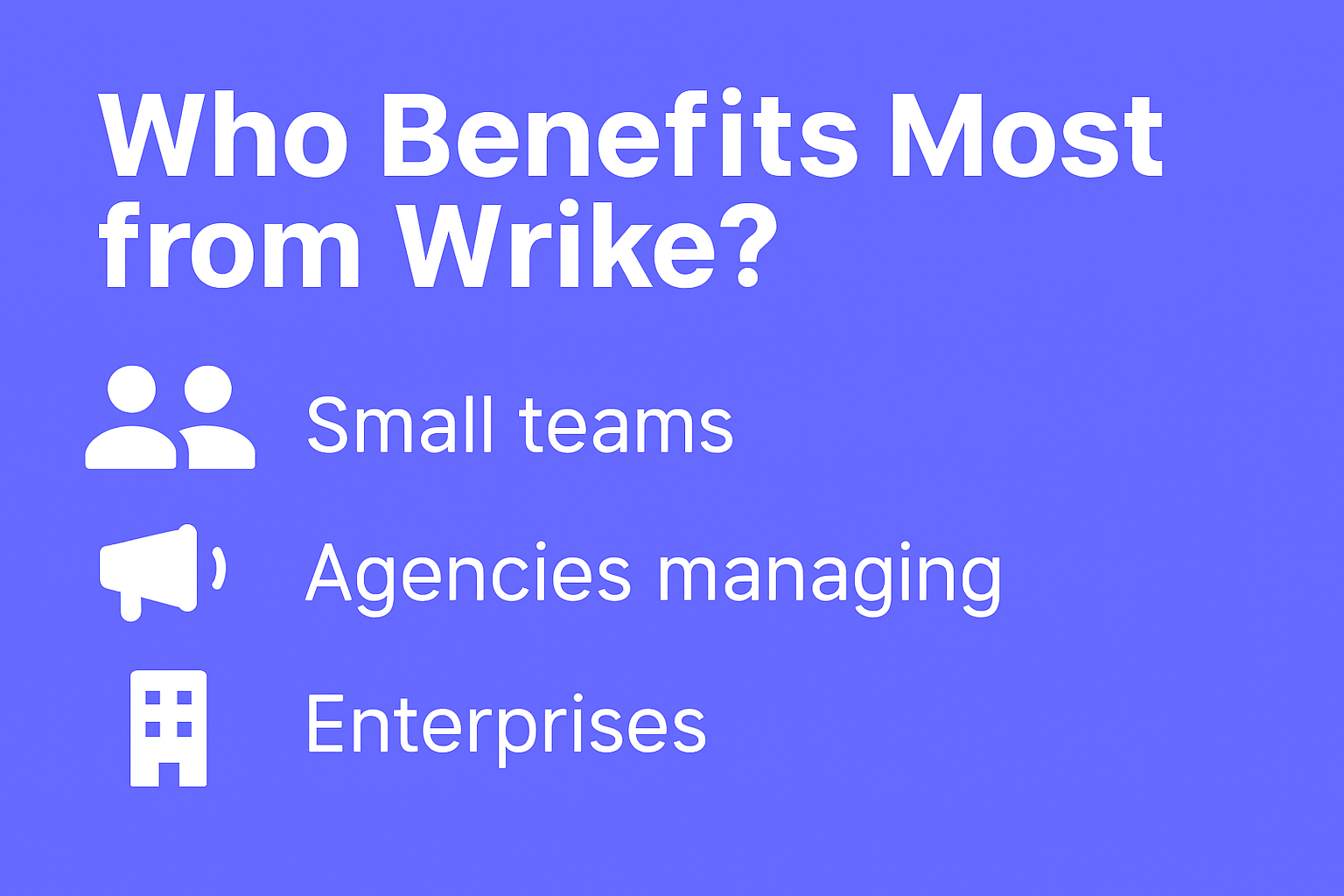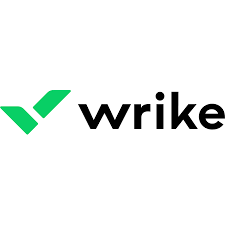


How Wrike Can Streamline Your Team's Workflow and Boost Productivity
Discover how Wrike can simplify task management, improve collaboration, and streamline workflows for teams of all sizes. This blog post explores Wrike’s key features, benefits, and integrations that boost productivity and help your team stay organized.
Table of Contents
- 1 Introduction
- 2 What is Wrike?
- 3 The Challenges Teams Face Without a Workflow Tool
- 4 Wrike for Project Management
- 5 Wrike for Team Collaboration
- 6 Custom Workflows: Tailoring Wrike to Your Team’s Needs
- 7 Boosting Productivity with Wrike’s Automation
- 8 Core Features of Wrike
- 9 Wrike’s Time Tracking and Resource Management
- 10 Reporting and Analytics
- 11 Wrike for Remote Teams
- 12 Integrations That Supercharge Wrike
- 13 Ease of Use and Learning Curve
- 14 Who Benefits Most from Wrike?
- 15 Wrike’s Pricing and Plans
- 16 Wrike vs Other Workflow Tools
- 17 Conclusion
- 18 Frequently Asked Questions
Introduction
In today’s fast-paced business world, managing workflows efficiently isn’t optional—it’s essential. Teams juggle multiple projects, deadlines, and communication channels every day. Without the right system, it’s easy to get lost in chaos. That’s where Wrike comes in—a project and workflow management tool designed to help teams stay organized, collaborate better, and boost productivity.
What is Wrike?
Wrike is a cloud-based project management and collaboration software that gives teams the tools to streamline workflows. From organizing tasks to tracking performance, Wrike simplifies the entire project lifecycle.
The Challenges Teams Face Without a Workflow Tool
If your team doesn’t use a workflow tool like Wrike,you’ve likely experienced:
- Communication breakdowns: Emails and chat threads get messy.
- Missed deadlines: Tasks fall through the cracks without clear accountability.
- Lack of visibility: Team members don’t always know who’s working on what.
Wrike for Project Management
Project managers love Wrike’s ability to:
- Break projects into tasks and milestones
- Use Gantt charts to visualize timelines and dependencies
Wrike for Team Collaboration
Collaboration is seamless with:
- Real-time comments that keep conversations in context
- File sharing within tasks (no endless email chains)
- Integrations with tools like Slack and Google Drive
Custom Workflows: Tailoring Wrike to Your Team’s Needs
Wrike isn’t a one-size-fits-all tool—you can customize workflows:
- Marketing teams: Campaign tracking and content approvals
- IT teams: Bug tracking and system upgrades
- Product teams: Feature development pipelines
Boosting Productivity with Wrike’s Automation
Automation ensures repetitive tasks don’t waste your time:
- Automatically assign tasks
- Send reminders when deadlines approach
- Trigger actions when statuses change
Core Features of Wrike
Wrike offers a range of powerful features:
- Task and project management: Create tasks, assign owners, and set due dates.
- Real-time collaboration: Leave comments, tag teammates, and share updates.
- Custom workflows: Adapt workflows for different projects.
- Time tracking: Monitor how long tasks take.
- Dashboards and reporting: Track progress visually.
Wrike’s Time Tracking and Resource Management
Managing workload is easier with:
- Time logs for accurate billing and productivity tracking
- Resource allocation tools to balance workloads
Reporting and Analytics
Wrike provides dashboards and custom reports so you can see project progress, team performance, and bottlenecks in real time.
Wrike for Remote Teams
In an era of remote work, Wrike helps teams:
- Stay connected with centralized communication
- Align tasks across different time zones
- Ensure visibility with live dashboards
Integrations That Supercharge Wrike
Wrike integrates with over 400 tools, including:
- Slack for instant communication
- Google Workspace for document collaboration
- Salesforce for CRM integration
- Microsoft Teams for team alignment
Ease of Use and Learning Curve
Wrike is feature-rich but still intuitive. With a clean interface and helpful onboarding guides, most teams adapt quickly. Training resources like Wrike Discover make adoption smoother.
Who Benefits Most from Wrike?
- Small teams that need to stay organized
- Agencies managing multiple clients
- Enterprises requiring advanced reporting and integrations
Wrike’s Pricing and Plans
Wrike offers multiple plans:
- Free: Basic task management
- Professional: $9.80/user/month for small teams
- Business: $24.80/user/month with advanced tools
- Enterprise: Custom pricing for large organizations
Wrike vs Other Workflow Tools
- Wrike vs Asana: Wrike offers more advanced reporting, while Asana is simpler.
- Wrike vs Trello: Wrike has deeper features; Trello shines for visual simplicity.
- Wrike vs Monday.com: Wrike is more customizable; Monday.com has a smoother UI.
Conclusion
Wrike is more than just a task manager—it’s a complete workflow management solution. Whether you’re a small business, a large enterprise, or a remote team, Wrike helps streamline tasks, improve communication, and boost productivity. If your team struggles with organization, Wrike might just be the game-changer you need.
Frequently Asked Questions
Yes, Wrike’s lower-tier plans are perfect for small teams needing task management.
Absolutely. Wrike’s collaboration features are ideal for distributed teams.
Yes, Wrike integrates seamlessly with Slack, Google Workspace, and hundreds more.
It has a learning curve, but onboarding tools and training resources make it manageable.
Plans start with a free version, with paid plans beginning at $9.80/user/month.
Recent Post


Why edX Is Transforming Education for Students and Professionals Worldwide

Corporate Finance Institute Review: Courses, Certifications, and Career Benefits

Why Eufy DE&UK Is Dominating the Smart Security Market This Year

The Phoenix: A Powerful Symbol of Business Rebirth and Brand Transformation

What Is the Corporate Finance Institute? A Complete Guide for Business Professionals

The Complete Guide to Similarweb: Features, Pricing, and Use Cases

How to Use Xero to Simplify Your Marketing Agency’s Finances

How to Use ZoomInfo to Supercharge Your Marketing Agency’s Lead Pipeline

Time Doctor Review 2025: The Ultimate Productivity Tool for Remote Teams







